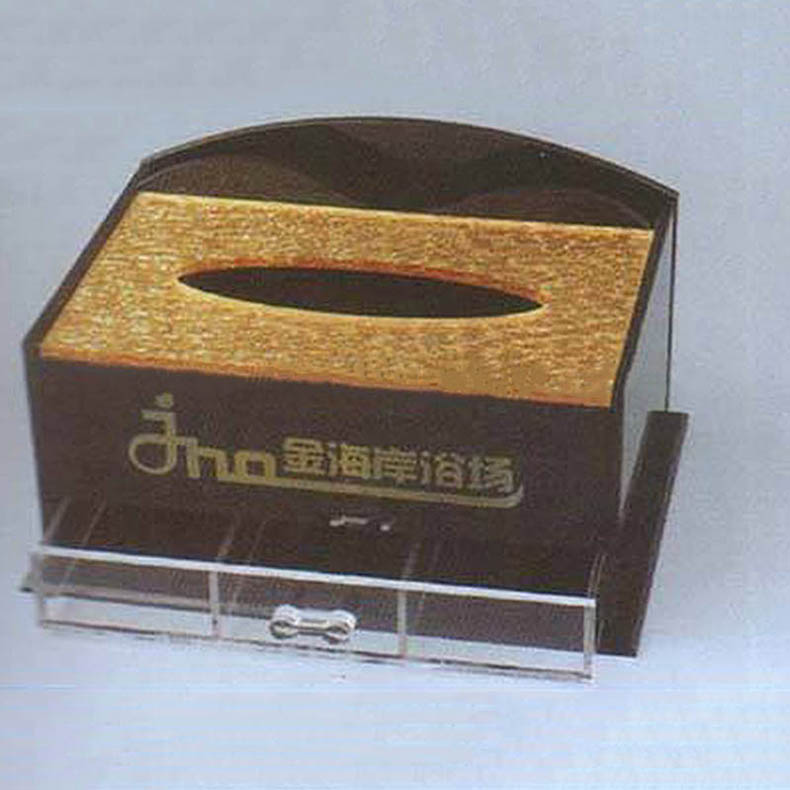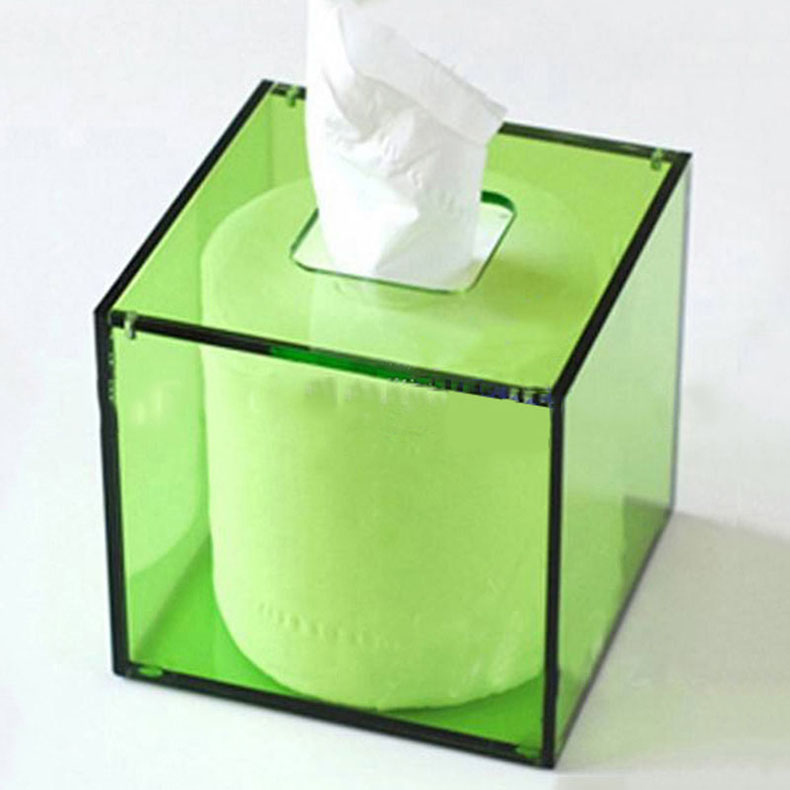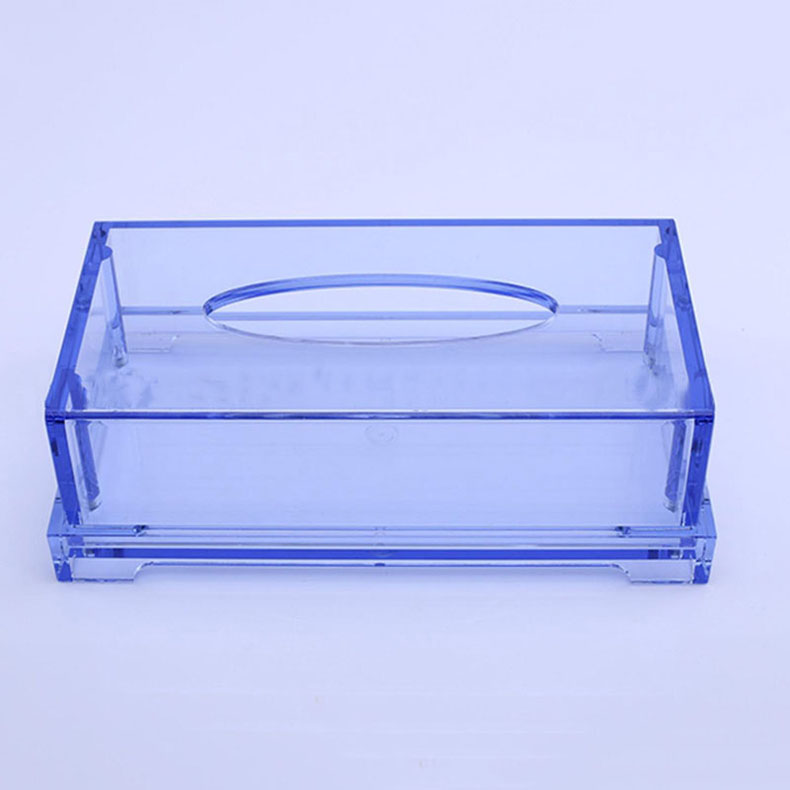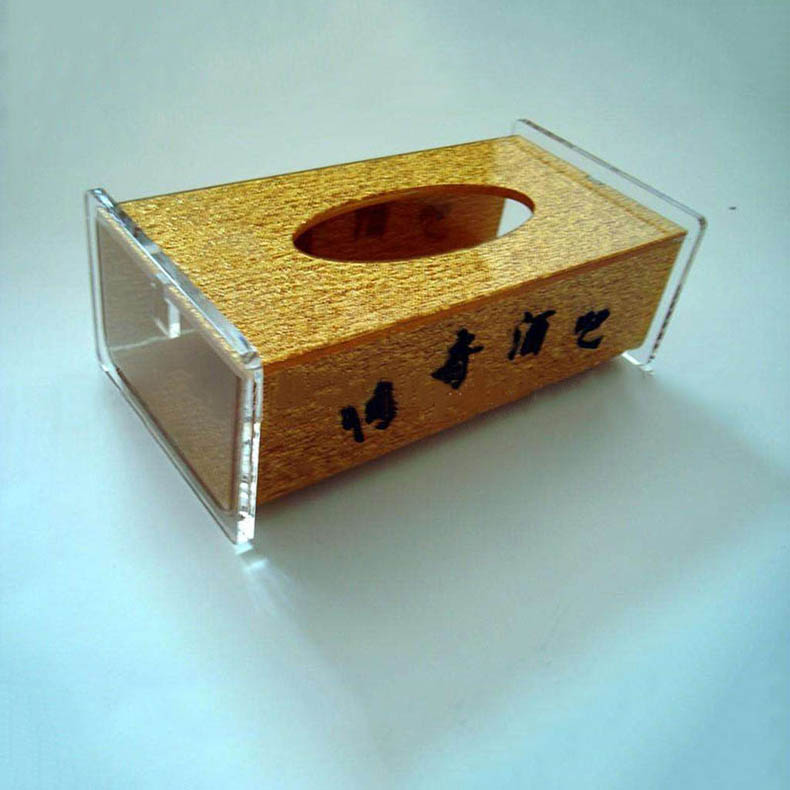Choosing the best resin for clocks is crucial in ensuring the durability, clarity, and overall quality of your finished piece. Resin serves as both the structural component and the protective layer for the clock face, so selecting the right type of resin is essential for achieving the desired results. In this guide, we will explore various types of resins commonly used for making clocks and discuss their properties, advantages, and considerations to help you make an informed decision.
### Types of Resins for Clock Making:
#### 1. Epoxy Resin:
Epoxy resin is one of the most popular choices for making clocks due to its excellent clarity, strength, and versatility. It consists of two components, resin and hardener, which are mixed together in a specific ratio to initiate curing. Epoxy resin is highly resistant to yellowing and UV damage, making it ideal for preserving the clarity and color of clock faces over time. Additionally, epoxy resin can be poured in thicker layers without excessive heat buildup or risk of cracking, allowing for deeper pours and intricate designs.
Advantages:
- Excellent clarity and transparency
- High strength and durability
- UV resistance to prevent yellowing
- Suitable for deep pours and layering
- Minimal odor during curing process
Considerations:
- Requires precise mixing in the correct ratio
- Longer curing time compared to other resins
- Can be more expensive than other options
#### 2. Polyester Resin:
Polyester resin is another commonly used resin for clock making, known for its affordability and ease of use. It is a thermosetting liquid polymer that cures through a chemical reaction initiated by a catalyst. Polyester resin offers good clarity and hardness, making it suitable for creating smooth and glossy clock faces. However, it tends to yellow over time when exposed to UV light, so it may not be the best choice for clocks displayed in brightly lit areas or near windows.
Advantages:
- Affordable and readily available
- Easy to work with and pour
- Fast curing time compared to epoxy resin
- Smooth and glossy finish
Considerations:
- Susceptible to yellowing with UV exposure
- Strong odor during curing process
- Not suitable for deep pours or thick applications
#### 3. Polyurethane Resin:
Polyurethane resin is a versatile option for clock making, offering a balance of clarity, flexibility, and impact resistance. It is available in both clear and colored formulations, allowing for a range of design possibilities. Polyurethane resin typically cures faster than epoxy resin and is less prone to yellowing over time. However, it may not provide the same level of clarity and depth as epoxy resin, making it better suited for simpler clock designs or applications where UV resistance is not a primary concern.
Advantages:
- Fast curing time
- Good clarity and impact resistance
- Less susceptible to yellowing than polyester resin
- Available in clear and colored formulations
Considerations:
- May not offer the same level of clarity as epoxy resin
- Limited suitability for deep pours
- Can be more expensive than polyester resin
### Factors to Consider When Choosing Resin for Clocks:
1. **Clarity and Transparency:** Consider the level of clarity required for your clock design and choose a resin that offers the desired level of transparency.
2. **UV Resistance:** If your clock will be exposed to sunlight or artificial UV light, opt for a resin with UV-resistant properties to prevent yellowing and degradation over time.
3. **Curing Time:** Evaluate the curing time of the resin and ensure it aligns with your project timeline and requirements.
4. **Depth of Pour:** Determine whether you need a resin capable of deep pours or if a thinner application will suffice for your clock design.
5. **Cost and Availability:** Consider your budget and the availability of different resin options in your area when making your selection.
6. **Application Method:** Choose a resin that is compatible with your preferred application method, whether it be pouring into molds, coating surfaces, or encapsulating objects.
### Conclusion:
The best resin for clocks ultimately depends on your specific project requirements, preferences, and budget. Epoxy resin is often favored for its exceptional clarity, durability, and UV resistance, making it suitable for a wide range of clock designs. However, polyester and polyurethane resins also offer their own advantages and may be better suited for certain applications or budget constraints. By considering factors such as clarity, UV resistance, curing time, and application method, you can select the right resin to create stunning and long-lasting clocks for your home or as gifts for others.






